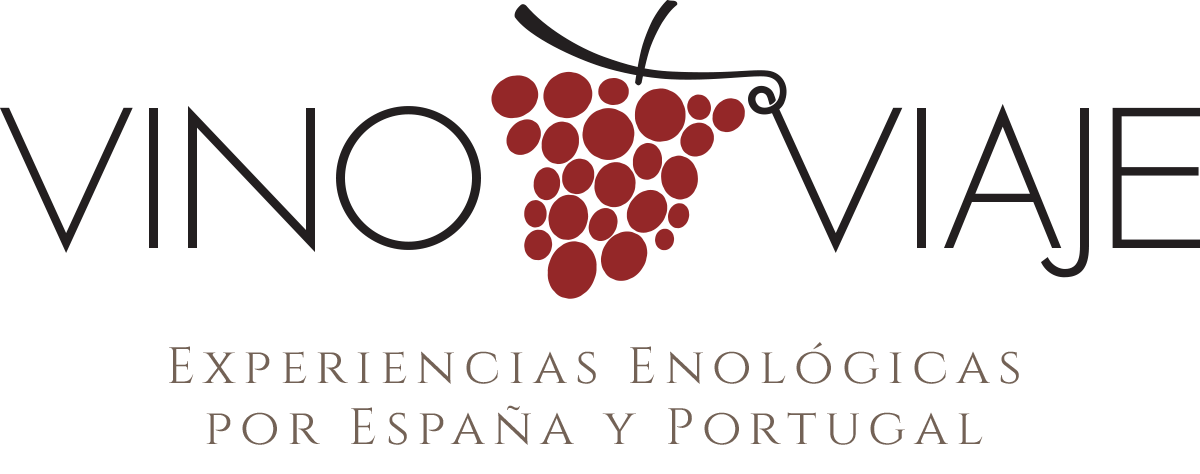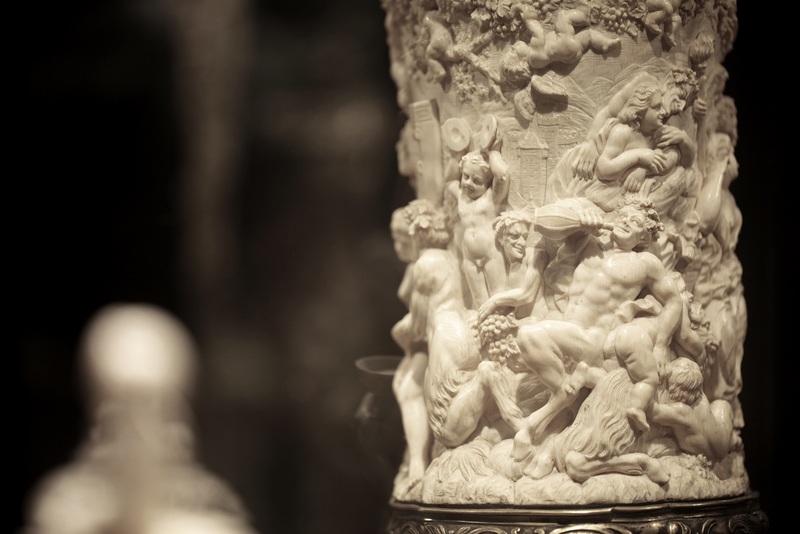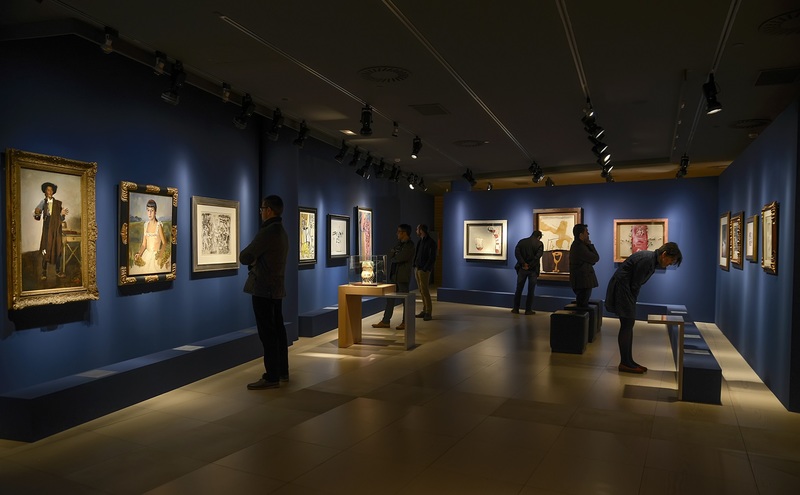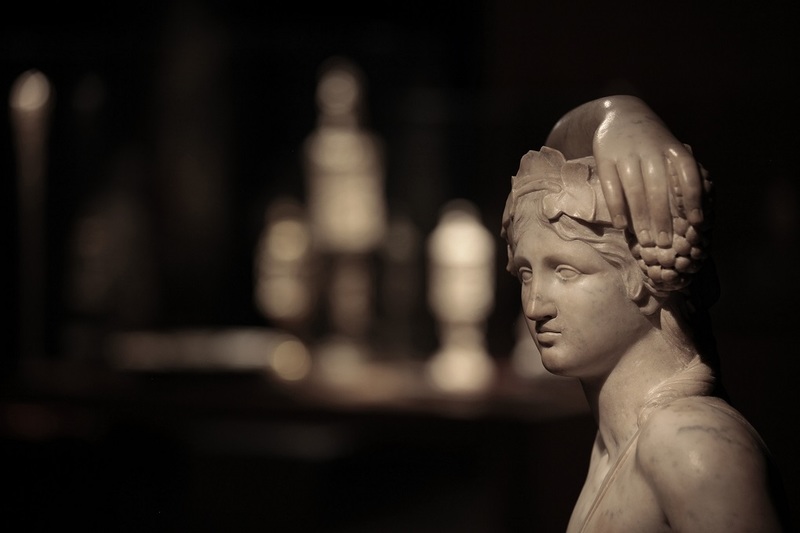Wineries & Arts
Wine as the thread running through artistic heritage
A decade ago, wine tourism was an alien concept in Spain. Visiting a bodega and seeing how the wine was produced was virtually impossible for foreigners and locals alike. But in ten years’ time a lot has changed. Today, Spain is home to some of the most spectacular wineries in the world.
Ground-breaking architecture, unbeatable scenery and (of course!) stellar wine combine to make Spain a top destination for wine lovers. For design and architecture, Spain is experiencing a Renaissance and an atmosphere of creativity and investment has attracted top architects from around the world to build design wineries including Frank Gehry, Norman Foster, Zaha Hadid, Philippe Mazières as well as local celebrity architects like Santiago Calatrava and Rafael Moneo.
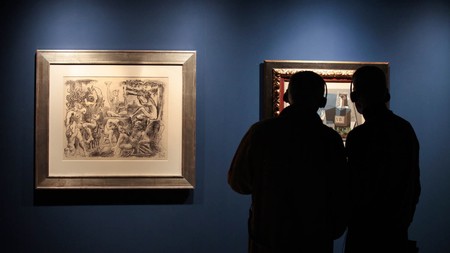
Exploring our towns and villages, you’ll find a wealth of cultural and heritage sites around every corner. Enchanting villages, medieval towns, monuments, castles, museums, archaeological sites, monasteries, historic and artistic complexes… A never-ending list of attractions awaits you.
We have created this category in our portfolio with an extra special focus on art and heritage for wine lovers who also love art and design.
